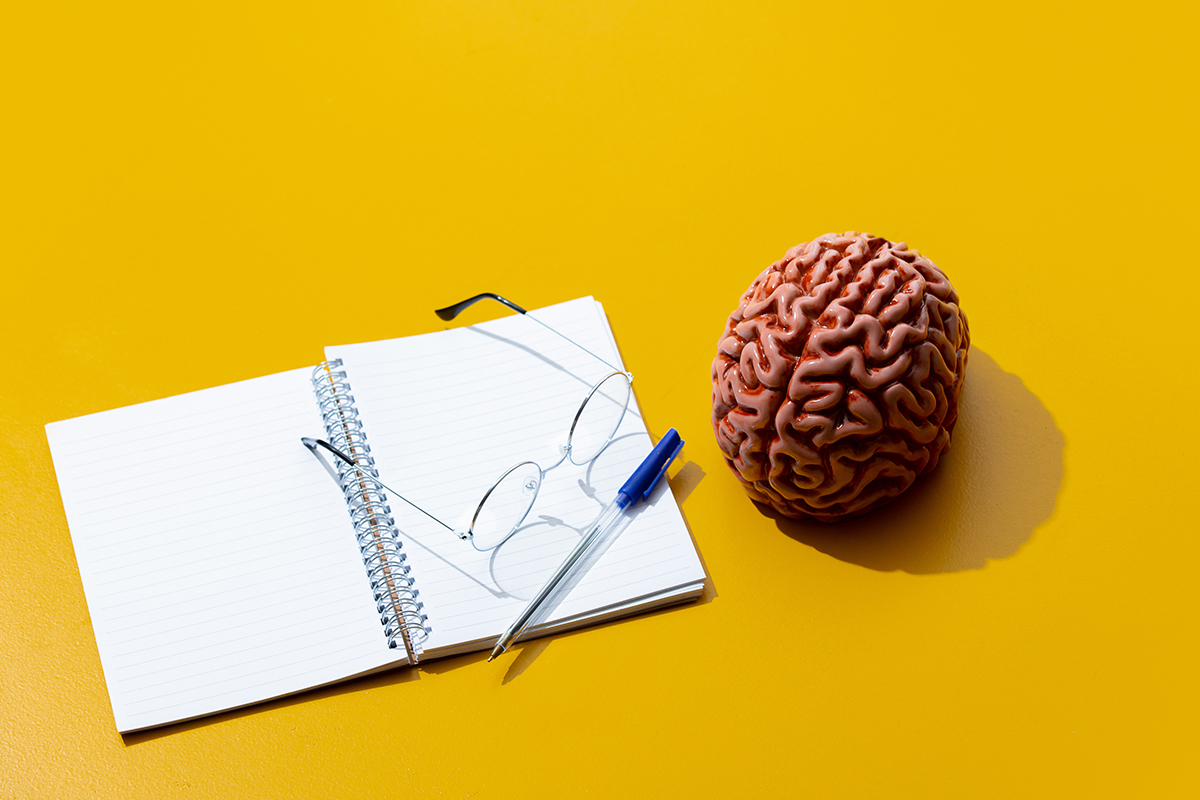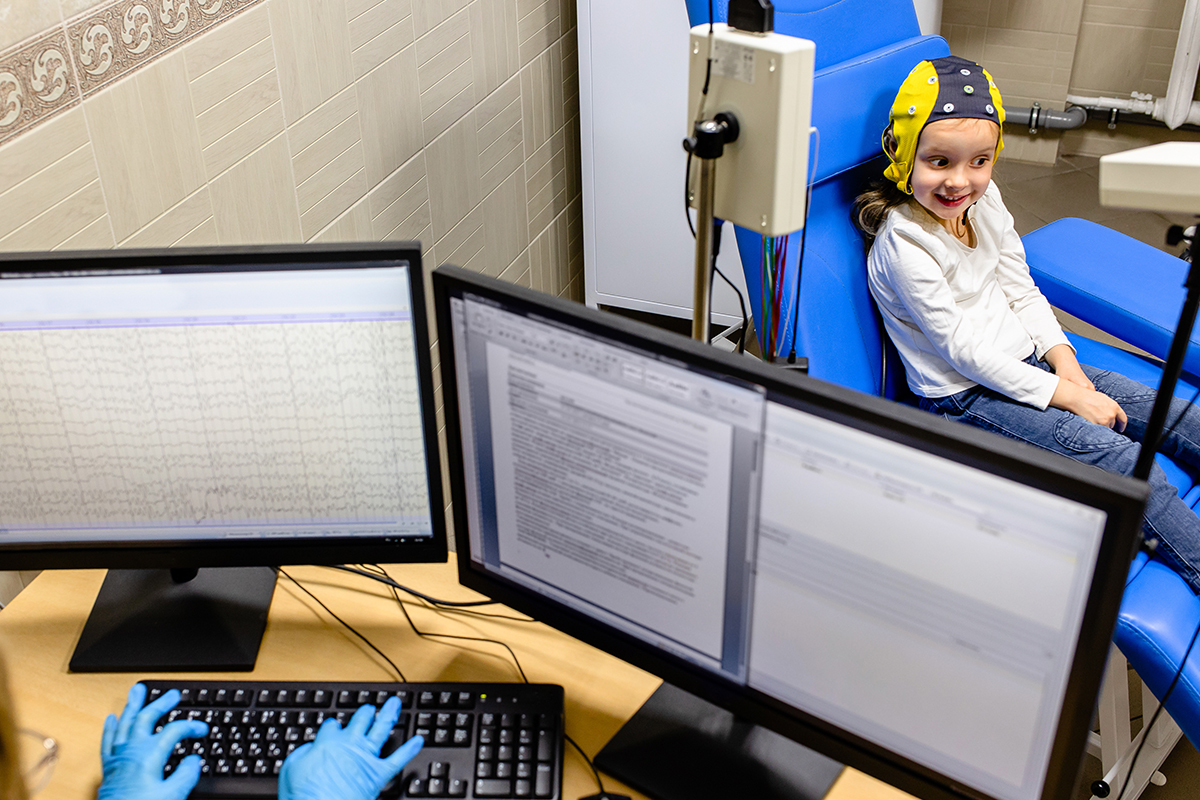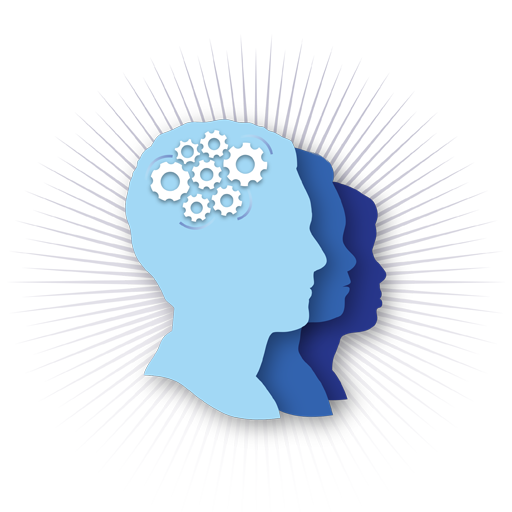
The History of Neurofeedback: Part I
How does Neurofeedback work? Why is it so effective in treating brain conditions as varied as ADHD, traumatic brain injury, seizures and learning disabilities? And so on. In the interest of answering these and other questions, we thought we’d start with the history of this remarkable, non-medicinal treatment for the brain known as Neurotherapy now available in Chicago.
Learn More
Neurofeedback: Science or Shamanistic Ritual?
Neurofeedback: Science or Shamanistic Ritual?
By Ari Goldstein, Ph.D.
The human brain is a fascinating organ that constantly seeks to improve itself. The capacity of the brain to grow and develop in response to environmental stimuli is magnificent. From trepanation to phrenology, behaviorism to psychoanalysis, man has sought to better understand this splendid organ. As we begin the 21st century, our knowledge of the brain continues to grow and develop at a rapid pace. Technology allows us to understand and improve how the brain functions in manners never before thought to be possible. One of the ways current science allows us to understand how the brain functions is through analysis and normalization of the electrical patterns created by the brain. The process of reading and analyzing the brain’s electrical patterns is known as a Quantitative EEG. The data provided through this process helps individuals and their clinicians understand how their brain is functioning and processing information, thereby allowing for much more targeted clinical interventions.
When I was a psychology student in College, we were taught that the brain does not grow much in adulthood. As the understanding of the brain and neuronal functioning has increased, we now know that the brain is highly capable of adapting and growing even into old age if given the right stimulus. The process of EEG Neurofeedback involves teaching the brain to grow and develop more efficient patterns of functioning. Through a series of games and activities played while connecting their brain to the computer, individuals learn to better self-regulate and improve the efficiency of their brain function.
I was first introduced to EEG Neurofeedback by Dr. Sam Effarah, and my thinking around learning and the brain changed dramatically. I was able to very clearly see quantitative data on how the brain was functioning, and saw how we could gain an amazing amount of very functional and actionable knowledge from a Quantitative EEG assessment. I also began to see the tremendous value in teaching people to regulate their own functioning through neurofeedback in a much more meaningful and lasting way. Clinicians could very clearly see patterns in the brains of individuals diagnosed with ADD/ADHD, learning disabilities, anxiety, depression, and autistic spectrum disorders that were different from the average brain. Often times, the frontal lobe of the brain in individuals with attention difficulties has far too much of the slow wave known as “Theta”. This can cause a state of cognition known in scientific terms as “La La Land”. A fast spindly wave known as “High-Beta” was often seen throughout the brain of those with hyperactivity and anxiety. Disconnections between areas of the brain that process auditory and visual stimulus often become apparent through the Quantitative EEG in those diagnosed with learning disabilities.
When we began using EEG data to drive some of the work we do at Cognitive Solutions, the level of skepticism among our colleagues and patients was high. It was almost as if we were practicing some form of shamanistic ritual to help people. As time went on, more and more people began to try it out. We had patients referred to us with a range of symptoms, including attention disorders, learning disabilities, anxiety, depression, and autism spectrum disorders. Most patients reported improvement in a range of symptoms after completing only a few sessions. Some took more time to see improvement, but those who stuck with it generally reported significant improvement in their functioning over time.
The research on Neurofeedback is strong (isnr.org). While detractors would note the lack of double blind studies, a host of solid research studies into neurofeedback show quantifiable evidence of improvement for a range of brain based dysfunctions. Anecdotal cases can be found all over the world for individuals who have seen improvement for a range of symptoms affecting their daily functioning. The American Psychological Association has consistently given higher and higher efficacy marks to this treatment as more and more solid research has been conducted.
At Cognitive Solutions Learning Center in Chicago, we have worked with thousands of patients using neurofeedback over the past fifteen years. Most have seen tremendous benefits in quality of life as a result of this treatment. As I have watched the science catch up to what I have seen personally in our clinic, I am glad to have discovered this amazing intervention tool. From shamanistic ritual to true science, it appears that neurofeedback is a viable and drug free option for many patients to treat a range of brain based symptoms.

Natural Treatment For Attention Deficit Disorders Without Medication
When I was growing up in the 1970’s, there were always boys who were hyper. They couldn’t control their behaviors, responded impulsively to everything placed in front of them, and acted as if driven by little motors constantly running full speed inside their bodies. There were also boys who stared off into space on a regular basis, seeing a whole movie playing behind their eyes. There were girls who flitted around the room like social butterflies, and those who gazed out the window seeing a movie of their own.
Learn More
Adult Attention Deficit Hyperactivity Disorder
Adult attention deficit hyperactivity disorder (ADD or ADHD) manifests itself through two main characteristics: inattention and hyperactivity/impulsivity. These symptoms, as well as the others that often accompany them, can cause numerous problems in a person’s day-to-day life. These problems include the inability to maintain stable relationships, poor performance at work, difficulty organizing and planning, and low self-esteem.
A person exhibiting symptoms of inattention makes careless mistakes, doesn’t listen being when directly spoken to, doesn’t follow through on instructions, fails to finish tasks, has difficulty organizing tasks and activities, is easily distracted, and is forgetful in their daily activities. That same person might exhibit symptoms of hyperactivity-impulsivity. These symptoms include: fidgeting with their hands and feet, often physically active in situations when it isn’t appropriate, and often interrupting the conversations of others.
Attention Deficit Hyperactivity Disorder always starts in childhood. This means, if an adult is just discovering they have ADHD they also had it as a child. Some people have fewer symptoms as they age and their brain develops further. It is difficult to diagnose ADD/ADHD in adults because many of the symptoms frequently stem from other conditions. It is important to note that Attention Deficit Hyperactivity Disorder does not cause other disorders. However, a number of conditions often accompany this disorder including mood, anxiety, and personality disorders.
If you feel that you or a loved one has the characteristics of adult Attention Deficit Hyperactivity Disorder, fell free to contact Cognitive Solutions Learning Center in Chicago at (773)755-1775 or online Adult ADD and ADHD for more information or to schedule a consultation.
Learn More
